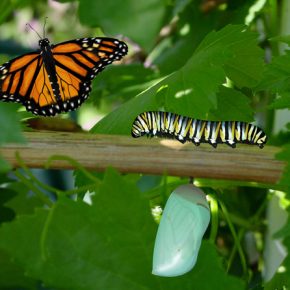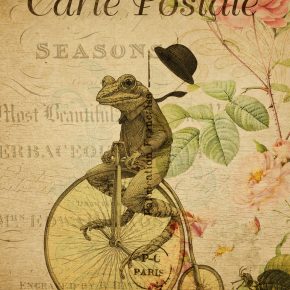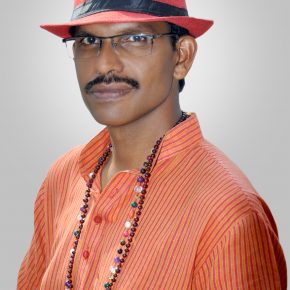A Look at Mary Shelley’s Legacy
A new film based on the life of Mary Shelley has been made that explores the creation of her famous novel Frankenstein. To celebrate the release of the film we look at the legacy of one of the world’s most imaginative writers.
Who hasn’t seen a version of Frankenstein, the scary yet sensitive monster who was shunned by society despite his best efforts to fit in?
Of course, those familiar with the hideously ugly creature know full well that it is actually nameless, and that Frankenstein is the surname of the young man—Victor—who created the monster (a very common mistake). They also know the literature behind the legend: Mary Shelley’s pioneering novel, Frankenstein or, The Modern Prometheus, the first edition of which was published anonymously on January 1, 1818. The second edition, this time bearing Shelley’s name, was published five years later in 1823.
The Novel

A depiction of Frankenstein’s monster
Spark Notes states that the novel chronicles the life of Victor Frankenstein, whose quest to discover “the secret of life” led to him to create a grotesque, eight-foot monster. The young scientist is sickened by his creation, and after a series of tragedies, he resolves to put an end to all the madness he created in the first place. Frankenstein is ultimately felled by an illness, and his passing convinces the monster to travel to the northernmost part of the world to pass away in peace.
Frankenstein is by far the most well-known work of Shelley, and is widely hailed as one of the first “true” horror and science fiction stories ever published.
The Author

Mary Shelley
Mary Wollstonecraft Shelley was an English writer who turned to writing at an early age, scribbling and writing stories to unleash her creativity. In 1814, she married the famed poet Percy Bysshe Shelley, and two years later, the then 19-year-old Mary began working on what would become Frankenstein. Shelley started writing the story due to a challenge set by the poet Lord Byron, that himself, the Shelleys, John William Polidori, and Claire Clairmont, should pen a horror story to find out who could write the best one.
Despite Shelley’s current status as a literary luminary, she nonetheless had to fight for recognition. The first two editions of Frankenstein only had a modicum of success. Complicating matters was her marriage to a literary legend, which meant Shelley had to compete with unbelievably high expectations, and even be faced with accusations that he had indeed written her novel.
It is unsurprisingly then that the aforementioned love affair, Shelley’s struggle to be considered a serious writer, and the writing of perhaps the most famous horror tale in history, provide a fitting backdrop for a film on her life.
The Legacy
Shelley was a prolific writer, but her legacy, ultimately, is the overwhelming success and influence of Frankenstein. The novel arguably gave birth to the horror genre, and the story of man creating a monster is a theme that has been explored countless times.
Shelley’s legacy lives on far beyond the page and has been adapted to every type of entertainment. Most people would have seen a version of Frankenstein, even if they had never read Shelley’s original novel. Frankenstein’s monster is commonly used by companies to market events like Halloween. Even non-traditional entertainment platforms have capitalized on the marketing of classic monsters to bring in new customers. Foxy Bingo has a slate of horror-themed games ranging from classic horror, Dr. Jekyll Goes Wild , to modern horror in the form of A Nightmare on Elm Street. It is through this constant exposure that the horror genre has become one of the most popular forms of storytelling. And the one thing all these horror games, films, and books have in common is that they all have Mary Shelley to thank. The horror genre stands on the shoulders of Mary Wollstonecraft Shelley.



